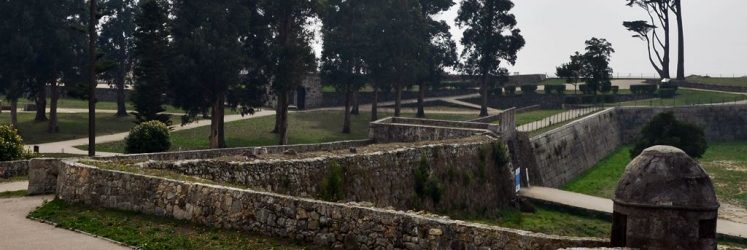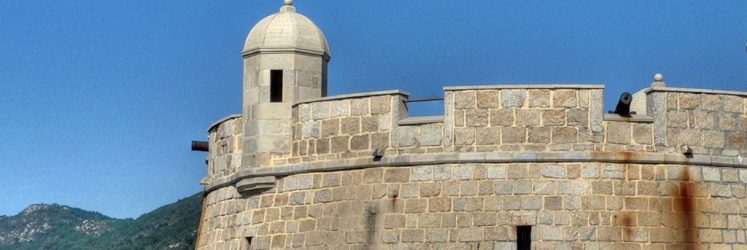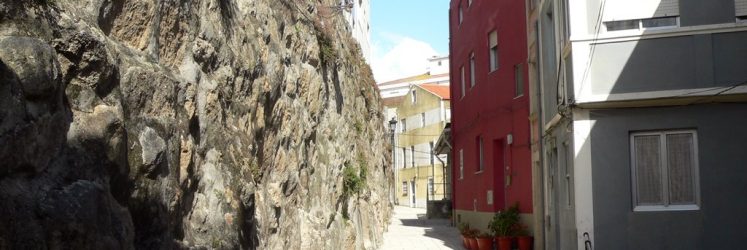The Castle of Santa Cruz is part of the strongholds and defence systems built in the last stretch of the Miño river during the Independence War between Spain and Portugal in the 17th century. The fortress, popularly known as “castle”, was erected around 1664, to speed up the construction, they took stones from the medieval wall that surrounded the town. The plant is an irregular polygon, with four bastions standing out from the main wall. On these bastions are placed the bartizans well worked in stone.
In the courtyard there was the chapel, the governor’s house, the headquarter for the troops, stables, warehouses, munitions dump, butchery, etc. those facilities are detailed on the preserved plans, though we haven’t kept them physically.









